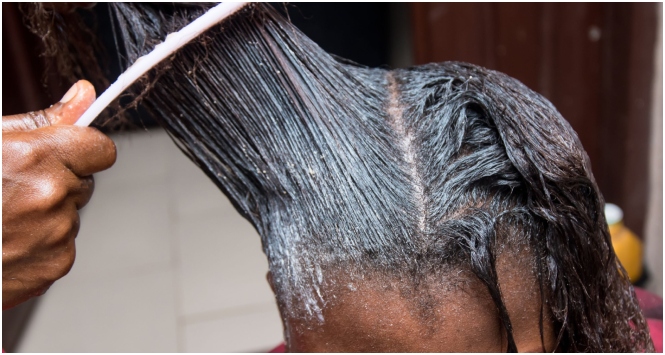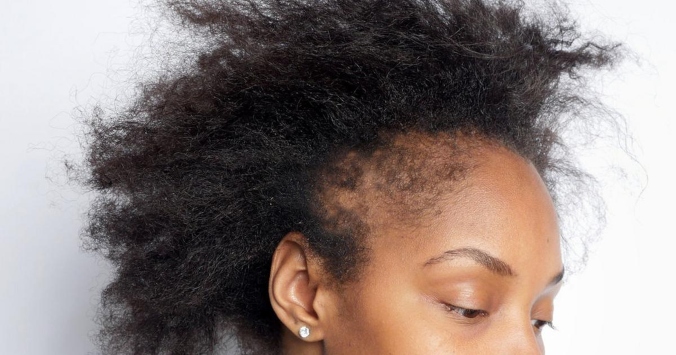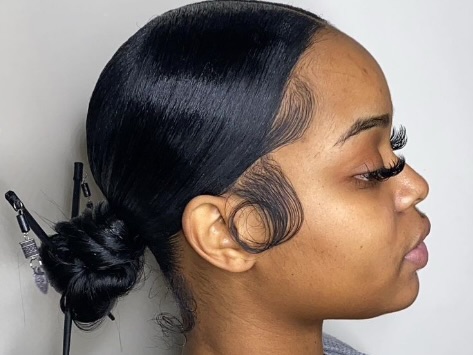Transitioning from natural hair to relaxed hair can be an exciting journey, but it comes with its own set of challenges that require attention and care.
If you’re considering making the switch, it’s essential to be aware of the potential issues you may face to ensure a smooth and healthy transition.
Here are some key concerns to consider when moving from natural to relaxed hair.
1. Managing two textures
One of the biggest challenges during the transition is dealing with two different hair textures: the natural, unrelaxed hair and the relaxed, chemically processed hair. The natural hair tends to be coarser and curlier, while the relaxed hair is smoother and more manageable. This can cause breakage at the demarcation line where the two textures meet, as the relaxed hair is weaker and more fragile. To avoid damage, it’s essential to use gentle detangling techniques, such as finger combing or using a wide-tooth comb, and to moisturize frequently.
2. Maintaining moisture balance
Relaxed hair tends to be drier than natural hair due to the chemical process, which can strip the hair of its natural oils. Since you’re dealing with both natural and relaxed hair, maintaining proper moisture balance is crucial. Use sulfate-free shampoos, deep conditioning treatments, and leave-in conditioners to keep both textures hydrated. Regular moisturizing can help prevent dryness and breakage, which are common during the transitioning process.
3. Protecting your hair during the transition
Protective styling is key when transitioning. Styles like braids, twists, buns, or wigs can help reduce manipulation and protect the ends of your hair from excessive breakage. Additionally, these styles can provide time for the natural hair to grow without frequent handling. Avoiding excessive heat styling and harsh treatments during this time is also important to prevent unnecessary damage to both hair types.
4. Trim Regularly
Trimming is essential for the transition process. Regular trims help remove split ends and reduce the risk of breakage. Trim your hair every 6–8 weeks to gradually cut off the relaxed ends and allow your natural hair to grow out healthy and strong.
5. Patience is Key
Finally, transitioning from natural to relaxed hair takes time and patience. It’s a process of self-care that requires consistent attention and effort. Understand that hair growth is a gradual process, and maintaining a routine will help you achieve the healthiest hair possible during the transithshdh





